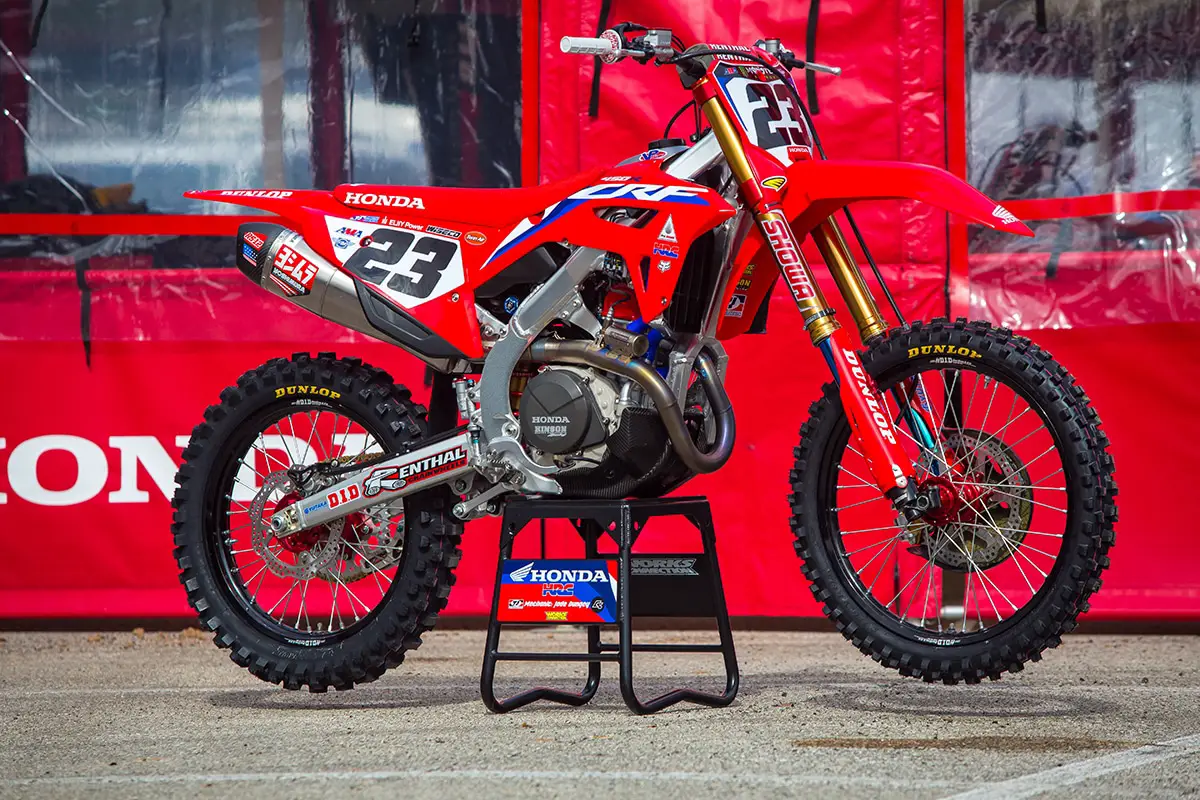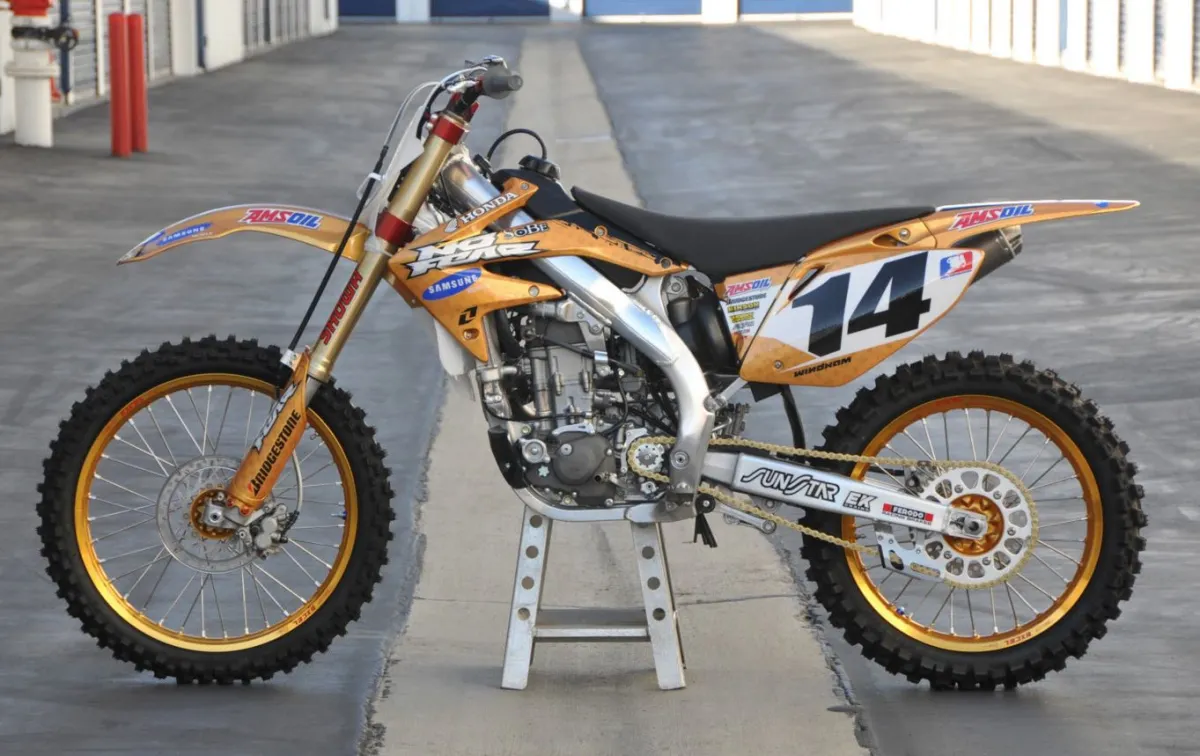
Motorcycle patents can offer exciting glimpses into the future of powersports, but they often come with plenty of ambiguity. Recently, a newly filed patent by Honda has sparked considerable debate, particularly around the technology it could be unveiling. The patent suggests a potential development that could assist with stabilizing motorcycles, especially during tricky low-speed maneuvers. So, is this patent hinting at an anti-fall device? Let’s dive into the details and see what it could mean for the future of motorcycling.
The patent in question revolves around a system designed to solve a specific problem: discomfort for riders when making successive turns in different directions, such as when a rider rapidly alternates between left and right turns. According to the patent, when such actions are performed, the rider may feel discomfort if there’s steering assistance or attitude stabilization that interferes with their ability to make these quick directional changes. This brings up the question: what exactly is Honda trying to address?
While some speculated that Honda might be developing an electric steering system or power-steering assist for motorcycles, I began to wonder if the patent could be describing something more nuanced, like an electronic steering damper. However, after analyzing the patent more closely, my interpretation shifted, and I began to think that Honda might be working on something far more innovative—an anti-fall device.
According to the technical details outlined in the patent, the system includes several components: a steering actuator, a roll angular velocity sensor, and a control apparatus that regulates the actuator based on the data provided by the sensor. In simpler terms, the system would detect if the bike is leaning too much or moving in a way that could cause it to tip over. If the control system senses a dangerous roll angle, it can apply torque to the steering, helping to stabilize the bike and prevent a fall.
The patent further specifies two control modes for the system: the first applies a stronger steering torque, while the second uses a smaller amount of torque, depending on the detected conditions. If certain thresholds are met, the system switches between these modes, adjusting the steering assistance to maintain the bike’s balance.
What’s particularly interesting about this technology is its potential use in conjunction with Honda’s e-clutch. Newer riders, especially those struggling with low-speed maneuvers like U-turns, could greatly benefit from a system like this. By applying torque to the front wheel, it could prevent the motorcycle from tipping over in those moments when a rider might be in danger of losing balance.
While this is just my interpretation of the patent, the idea of an anti-fall mechanism that helps stabilize motorcycles at low speeds is undeniably intriguing. Whether or not this technology will come to market remains to be seen, but if Honda’s vision comes to life, it could make motorcycle riding more accessible and safer for riders of all experience levels. What do you think? Could this patent signal the next big step in motorcycle safety, or is it something else entirely? Share your thoughts in the comments!

Leave a Reply